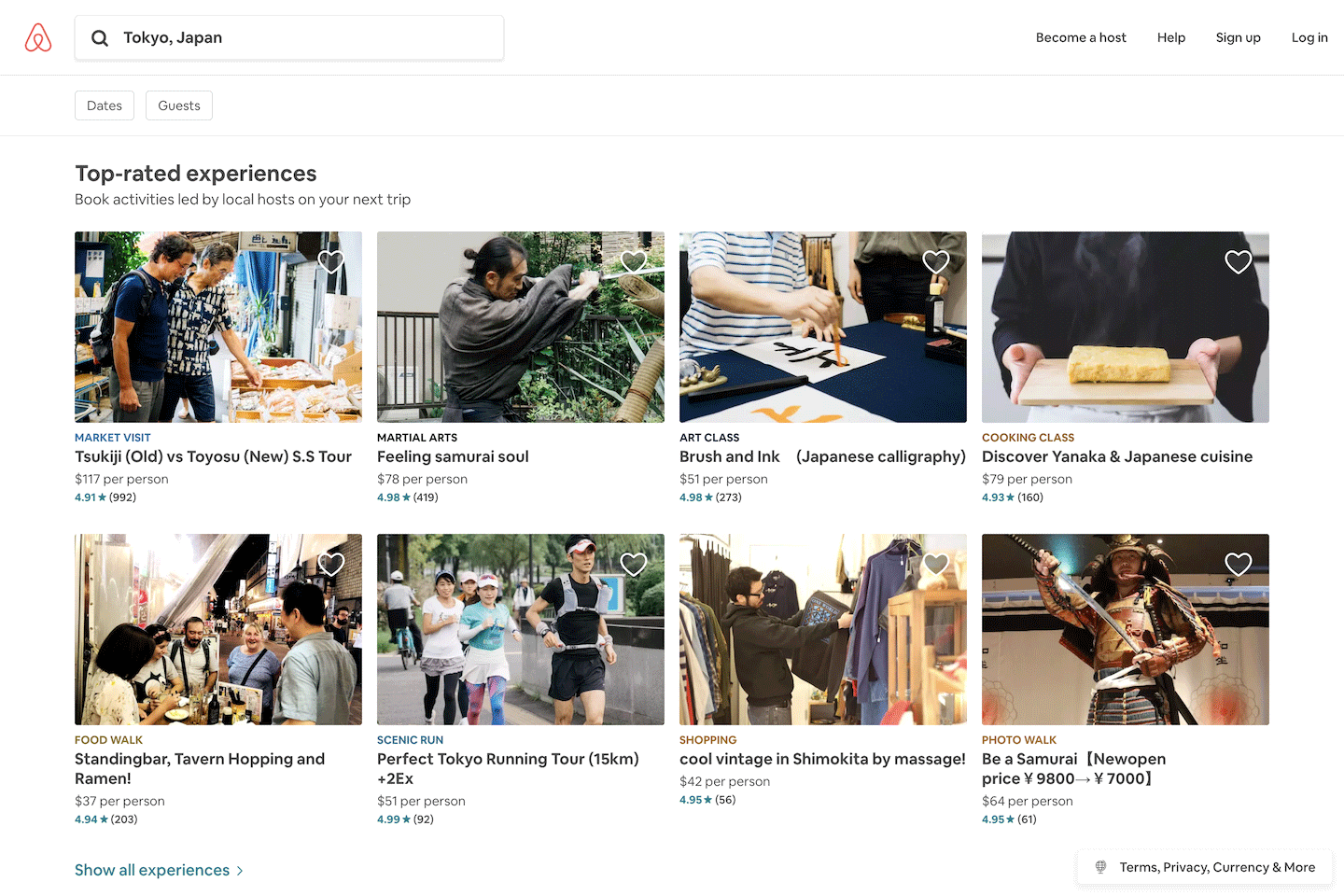How to Optimize Your WordPress Site for Conversions
Monday 10 December 2018, by Kristin Savage

Many people that own a company consider that simply putting a website online will dramatically increase their revenue, which is partly true. Putting up a site is the easy part, optimizing it is the complicated and more challenging aspect of running a successful business. Today, people choose Wordpress for its flexibility, it allows them to perform regular optimizations to the website.
There are many optimizable aspects that any website needs to improve. Some are purely technical and relate to how quickly your webpage loads, some relate to how high your site ranks in Google and other search engines, others focus on mobile optimization. The reality of it all is that one action never affects just one factor when it comes to website optimization, they're all intertwined. In this article, you'll find the things that need to be tweaked, to maximize your conversions.
Tick Tock
Having a fast loading website doesn't ensure conversions per se. However, if your site takes too long to load, you may be leaking valuable users, who simply choose not to wait for your webpage to "do its thing." And this isn't an assumption. Google states that you'll lose around 50% of your traffic if your page takes more than 3 seconds to load. In order to identify any issues related to the speed your website loads, you can try using the Test My Speed tool that Google developed explicitly to highlight the technical factors worth optimizing in your website.
Amazon has put forward an analysis, which states that is their loading time slowed down by 1 second, they would be losing around $1.5 billion in profits every year. To substantiate the importance of making your site run faster, here are some statistics you may find compelling:
- Nearly a half of Internet users expect pages to load in less than 2 seconds.
- Three-quarters of people consider that mobile pages take too long to load.
- 40% users prefer to move on to another site if the page didn’t load in under 3 seconds.
Optimize your images
A simple way to half the load speed of your site is to optimize image size since they are pretty much elements that take up a significant amount of space on your servers. If you're using many large graphic elements, minimizing the size of these elements can considerably shorten the time your potential clients will have to wait for the site to load, thus decreasing the chances of them just aborting the mission and moving on to another site.
Image optimization plugins can quickly optimize your images. You don’t have to compress images before uploading them. These plugins automatically optimize your images as you upload them on your website.
Get to the point and take the user there
Search engines have an incredibly holistic approach towards classifying and ranking websites in their search results. There are literally hundreds of factors and criteria they take into account when deciding how well will a particular website “score” in their results and the central issue around these factors usefulness. Namely, “does this website serve the user?” Or “is it centered around a shallow goal that may damage the users’ experience online?”
This suggests that the content you publish to your website needs to be useful to the user. If your blog posts and articles do not touch on topics that are relevant to the specific niche your site is a part of, search engines will be dissuaded to promote your website.
However, simply good writing isn't your actual end goal, despite it being absolutely imperative. You need to assist your potential customer through making a decision or a choice regarding your products.
“Simply providing users with raw text and letting them “just buy what they want” does not serve your purpose, by any means.” — says Senior Editor at PickWriters.
If you’re not persuaded of the importance of text, check out how much Airbnb, for instance, relies on text.s

Credit: www.arun.is
Working diligently towards creating a compelling customer/user experience via copy brings us to another essential aspect of high conversion — behavior.
Adapt to the users’ behavior
Luckily we now have access to a host of tools that can provide us with in-depth analytics on what actions our potential customers are more likely to perform while using our website. There is an impressive range of improvements you can make only by consulting the most common searches performed on your site. There’s no shortage of analytics plugins adapted specifically for WordPress, choose the one that suits you most.
A brief detour: if you don't have a search bar on your site — do add one, it will make your site much, much easier to navigate, along with providing your customers with suggestions of what products are worth taking a look at. Similarly, adding a search bar to your WordPress site, is not a very technically demanding thing to do.
Now, back to search queries. Understanding what your customers are looking provides you with a lot of insight on what’s actually important for them. Generally speaking, it’s a straightforward metric, which lets you in on what type of information and/or products represents value for your customers — use it to focus on a certain fraction of products in your catalog and blog section.
Along with valuable information on where your company should grow and how to adapt your marketing efforts to their demands. The data that you collect from search queries can be of a predictive character if used correctly. Understanding what attracts your customers more will give you an advantage in optimizing and improving the site's content and layout to increase conversion rates.
Conclusion
It is safe to say that the road to site optimization is pretty bumpy, and there are dozens of factors that need to be improved in order to affect the conversion rate on your website positively.
First off, make sure your site doesn’t take forever to load. There is a growing body of research, which suggests that having your users wait for more than 3 seconds while opening your site will most likely cause you to lose nearly half of your potential customers.
Secondly, improve the user’s experience. It is imperative to act as a guide for the customer. Approach this as if they came to your part of town they’re not really acquainted with, help them find their way to what they’re looking for.
Thirdly, speak their language and address their actual needs. The main idea behind selling a product or a service isn’t about trying to liquidate your supply to random people, but rather find a niche and understand what the people passionate about this niche are interested in at this particular moment.
Good luck.